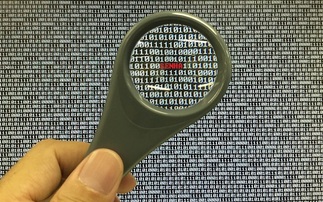MasterCard SecureCode and Verified by Visa proving succesful but malware attacks on banking customers rise
Some banks are using two-factor authentication to stamp out fraud Card-not-present fraud – usually conducted over the phone or internet - fell 18 per cent to £134m in the six months to June 2009,...
To continue reading this article...
Join Computing
- Unlimited access to real-time news, analysis and opinion from the technology industry
- Receive important and breaking news in our daily newsletter
- Be the first to hear about our events and awards programmes
- Join live member only interviews with IT leaders at the ‘IT Lounge’; your chance to ask your burning tech questions and have them answered
- Access to the Computing Delta hub providing market intelligence and research
- Receive our members-only newsletter with exclusive opinion pieces from senior IT Leaders



















